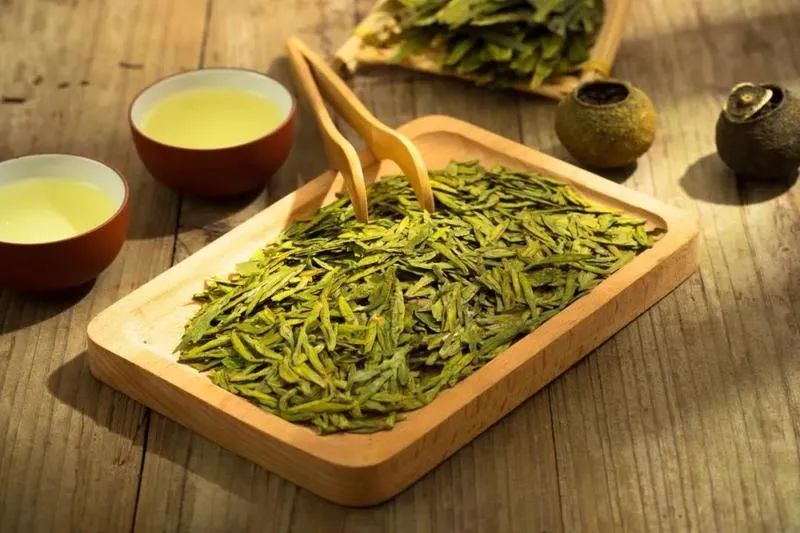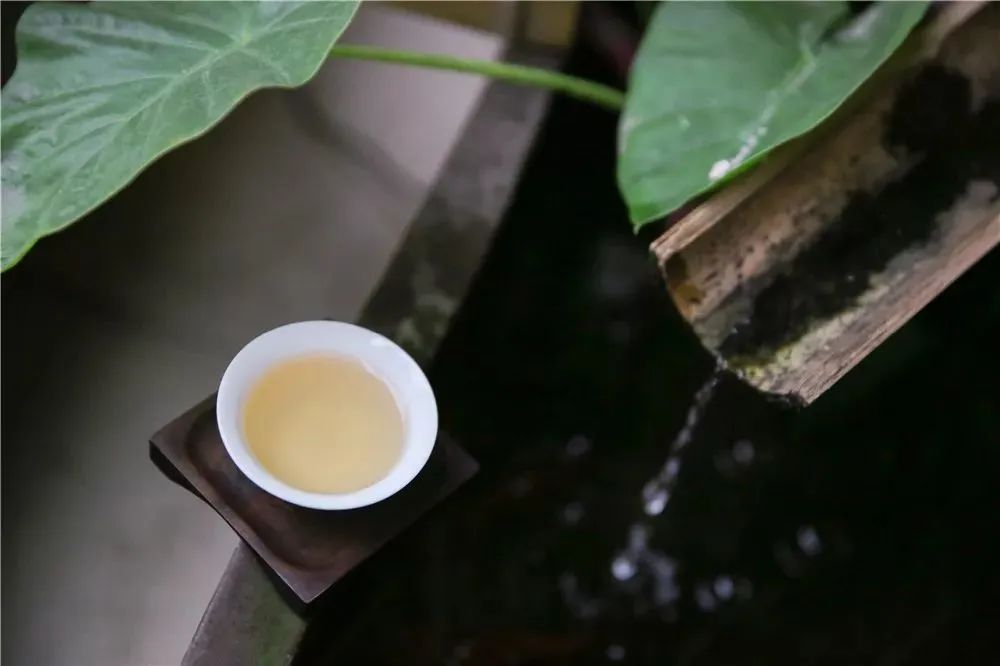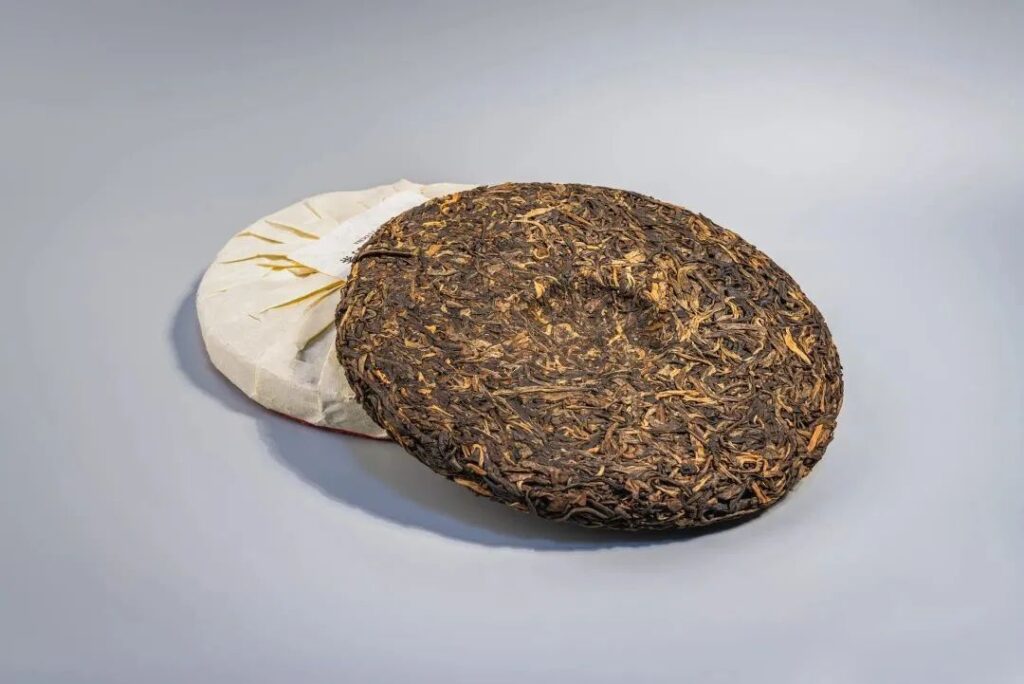To ensure that tea tastes good, proper storage is a crucial step. If stored improperly, tea can easily oxidize, losing its aroma and nutritional value, which defeats the purpose of having tea. Let’s explore how to store tea correctly!
1. Simple Sealing
Remove as much air as possible from the tea bag, and it’s even better if you can reverse a second plastic bag over it. If using a transparent plastic bag, avoid exposing it to sunlight after filling with tea. Aluminum foil bags are more effective for storing tea than plastic bags. It’s best to repackage purchased tea in individual bags, seal them, and store them in the refrigerator, then brew in batches to reduce the chances of the tea coming into contact with air after opening, thus delaying the deterioration of quality.
2. Metal Can Storage Method
Stainless steel tea cans available on the market are simple and practical. If you can combine them with clean, odorless bags and then place them in the can and cover with a lid, it’s even better. Metal cans containing tea should be placed in a cool, dry place, away from direct sunlight, odors, humidity, and heat sources. This will slow down the aging and deterioration of the tea. Tins made of tin have a dense material, providing better moisture-proofing, oxidation resistance, light blocking, and odor prevention, although they are more expensive.
3. Low-Temperature Storage Method
The best way to store tea is in a dedicated refrigerated (frozen) storage facility. If it must be stored with other food, the tea should be properly packaged and completely sealed to avoid absorbing odors. When purchasing a large quantity of tea at once, first repack it into smaller packages (cans) before placing it in the refrigerated (frozen) storage. Take out only the amount needed for brewing each time, and avoid repeatedly freezing and thawing the same package of tea. Note: When taking tea out of the refrigerated (frozen) storage, let the temperature of the tea inside the can return to room temperature before removing it. Otherwise, if you suddenly open the can, the tea is prone to condensation and increased moisture content, which accelerates the deterioration of the tea.
4. Long-Term Storage Reprocessing Method
Sometimes when you buy too much tea and the shelf life is about to expire but you haven’t finished it, and you feel it’s a pity to discard it, you can take it out and re-roast it. Clean the electric pot until it’s odorless, dry it, and then put the tea on a porcelain plate or aluminum foil and place it in the electric pot. Set the switch to ‘keep warm’, partially cover the pot, and stir at appropriate times until the tea changes from stale to a clear, mature aroma, and it crumbles easily when pinched with fingers.
After cooling down, it can be repackaged and stored. Some people use microwaves to dry and bake tea, but the heating time in a microwave is short, and with the door closed tightly, it’s hard to control the heat, often leading to the surface of the tea being charred or the stale taste not being completely removed. If it’s a very precious tea, the safest method is to entrust the treasured tea to a familiar tea master or farmer for roasting.
Tea requires our careful care and preservation to reveal its best flavor. Drinking tea requires calmness; if you’re in a hurry, you won’t be able to enjoy a good cup of tea.



